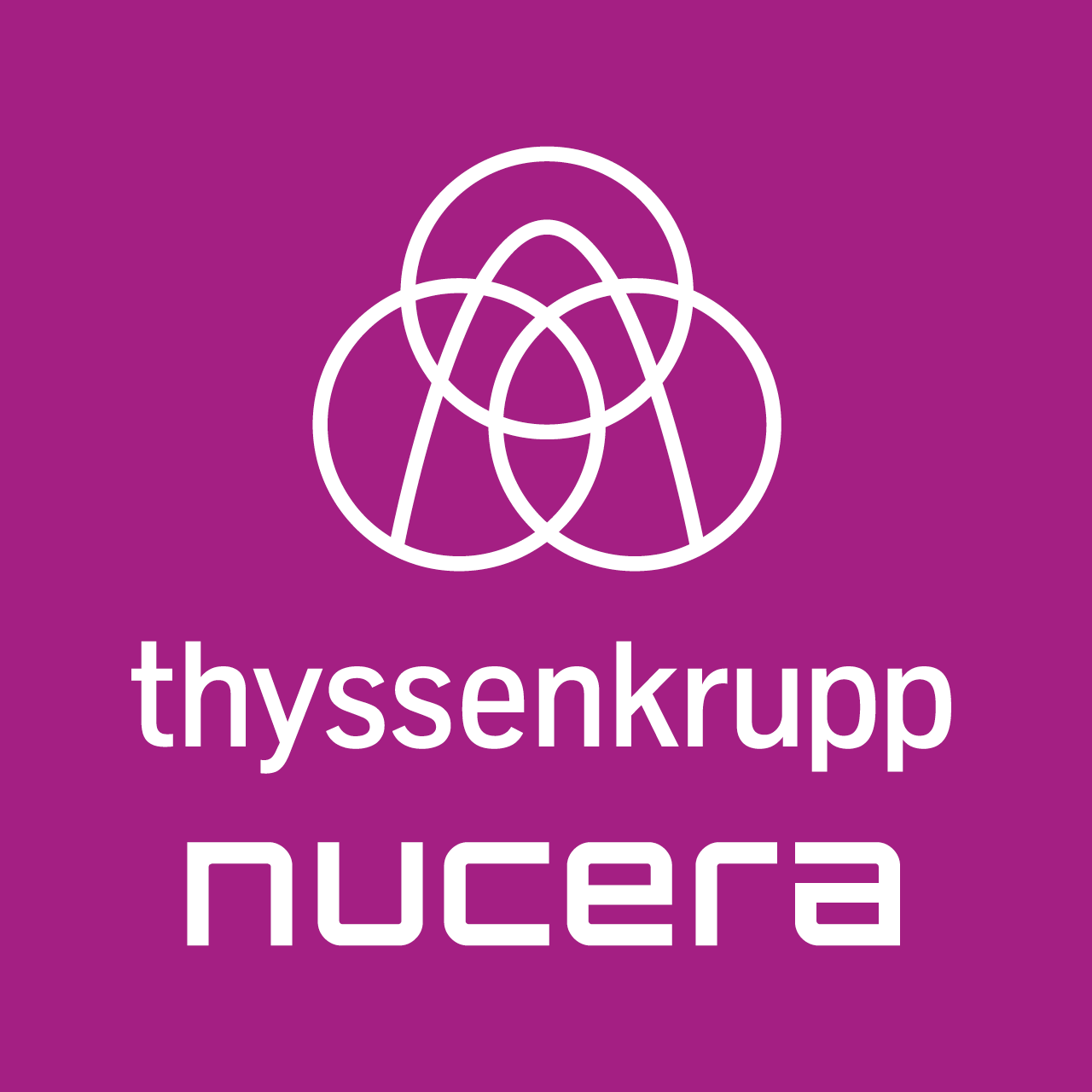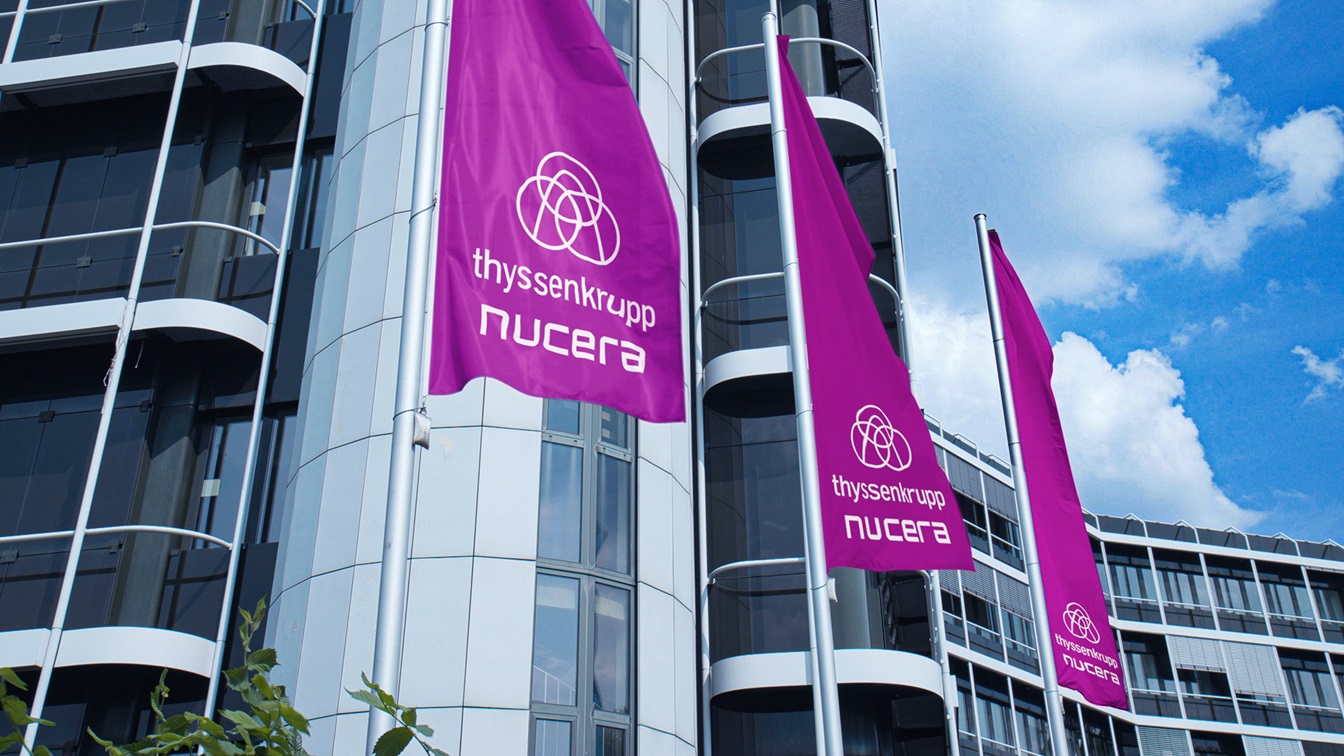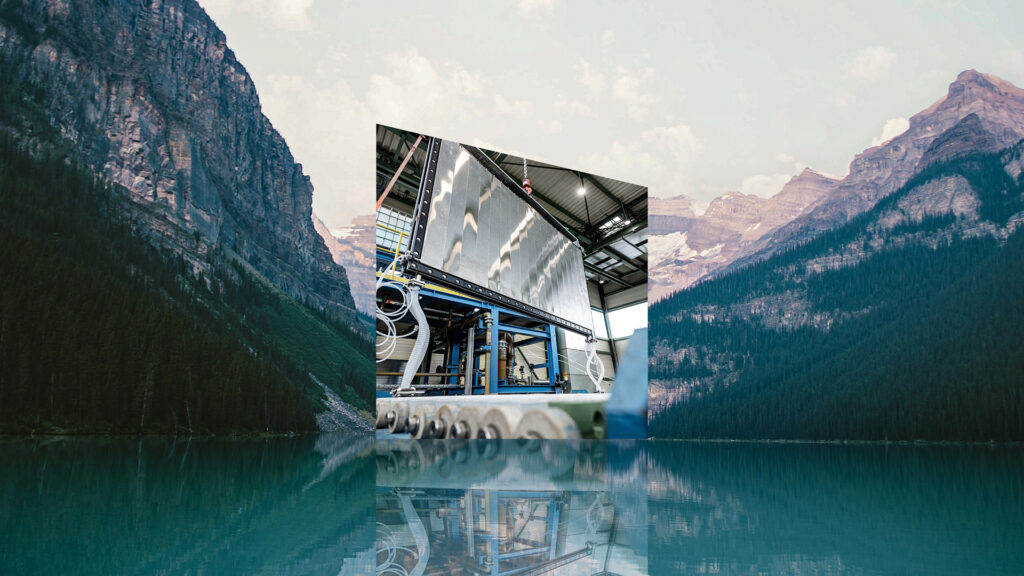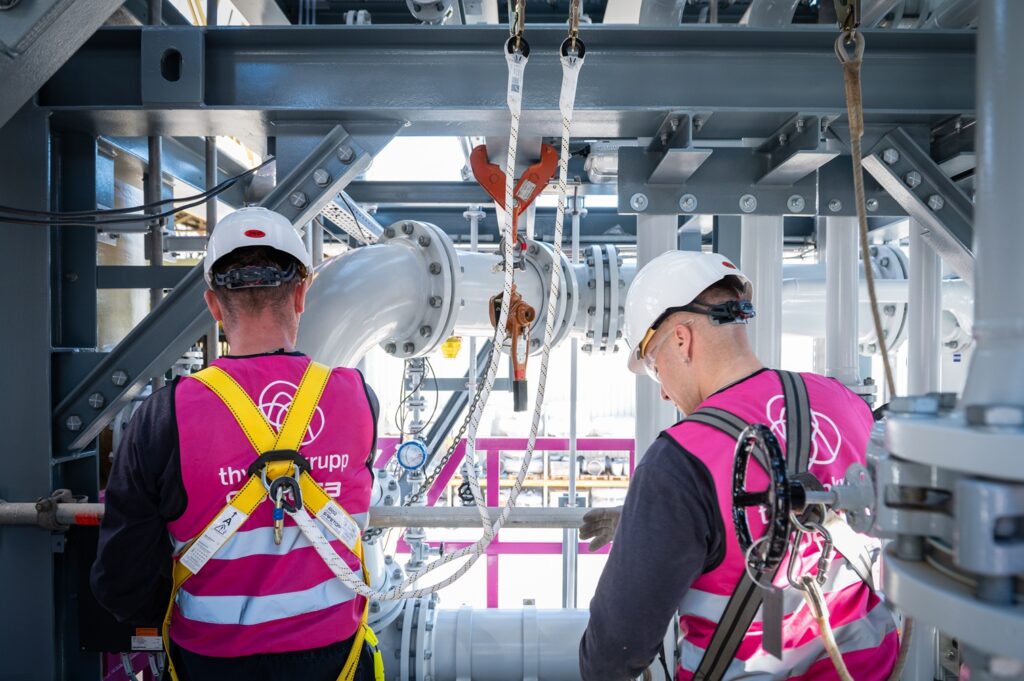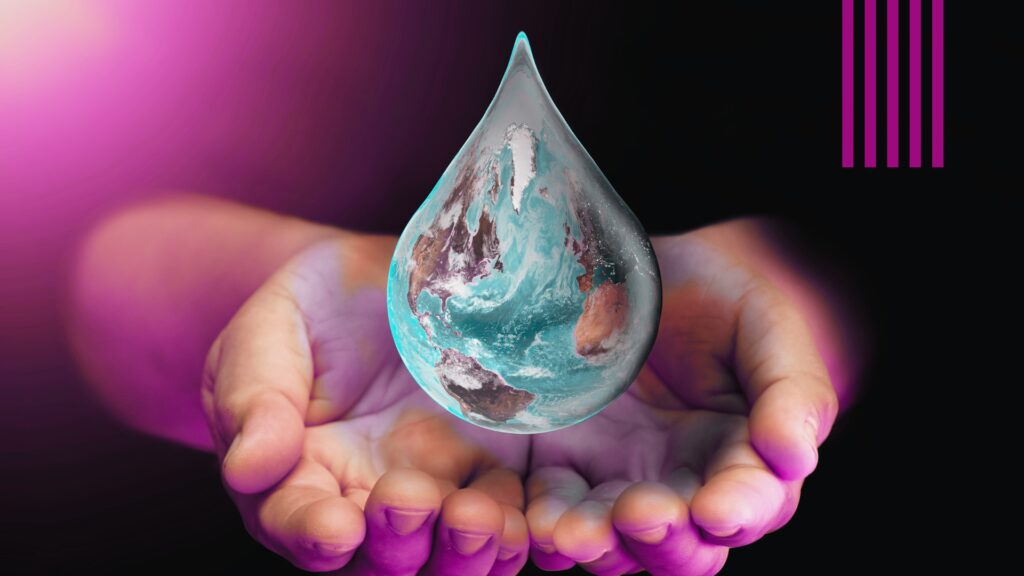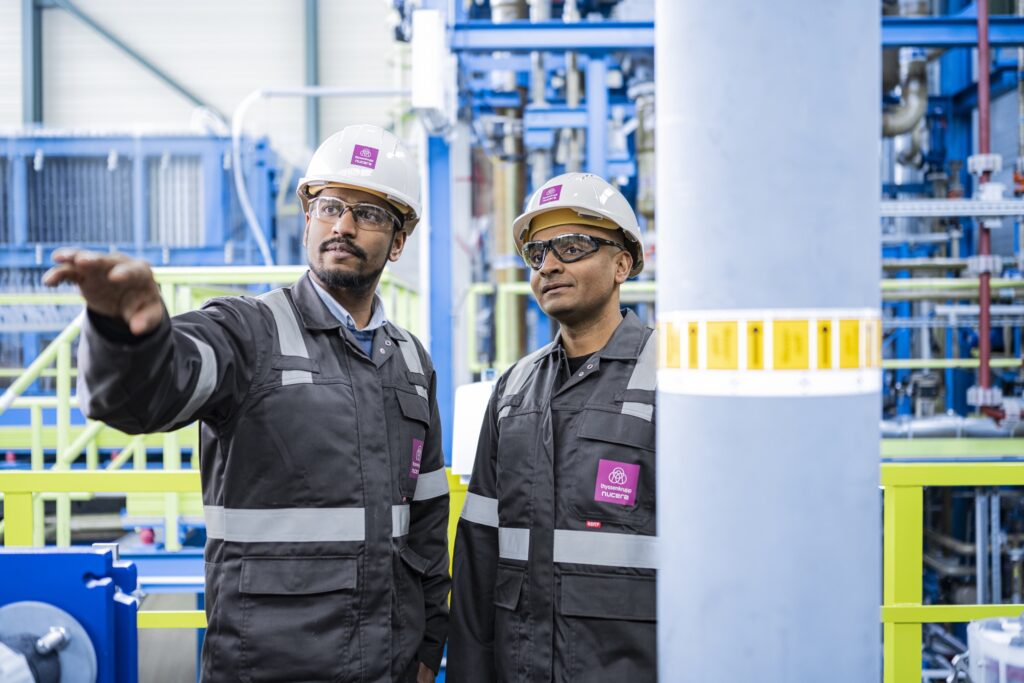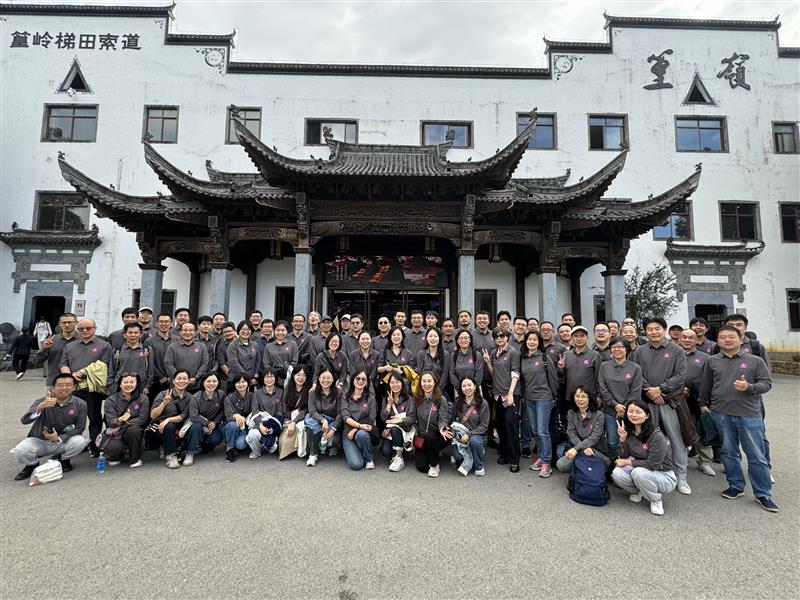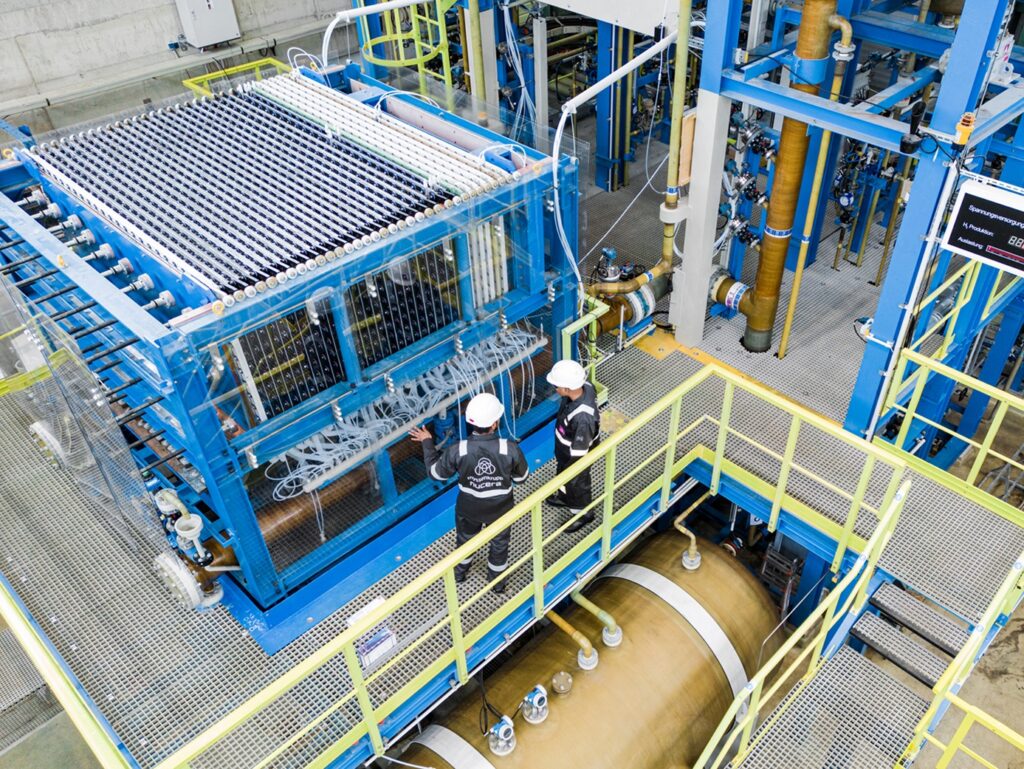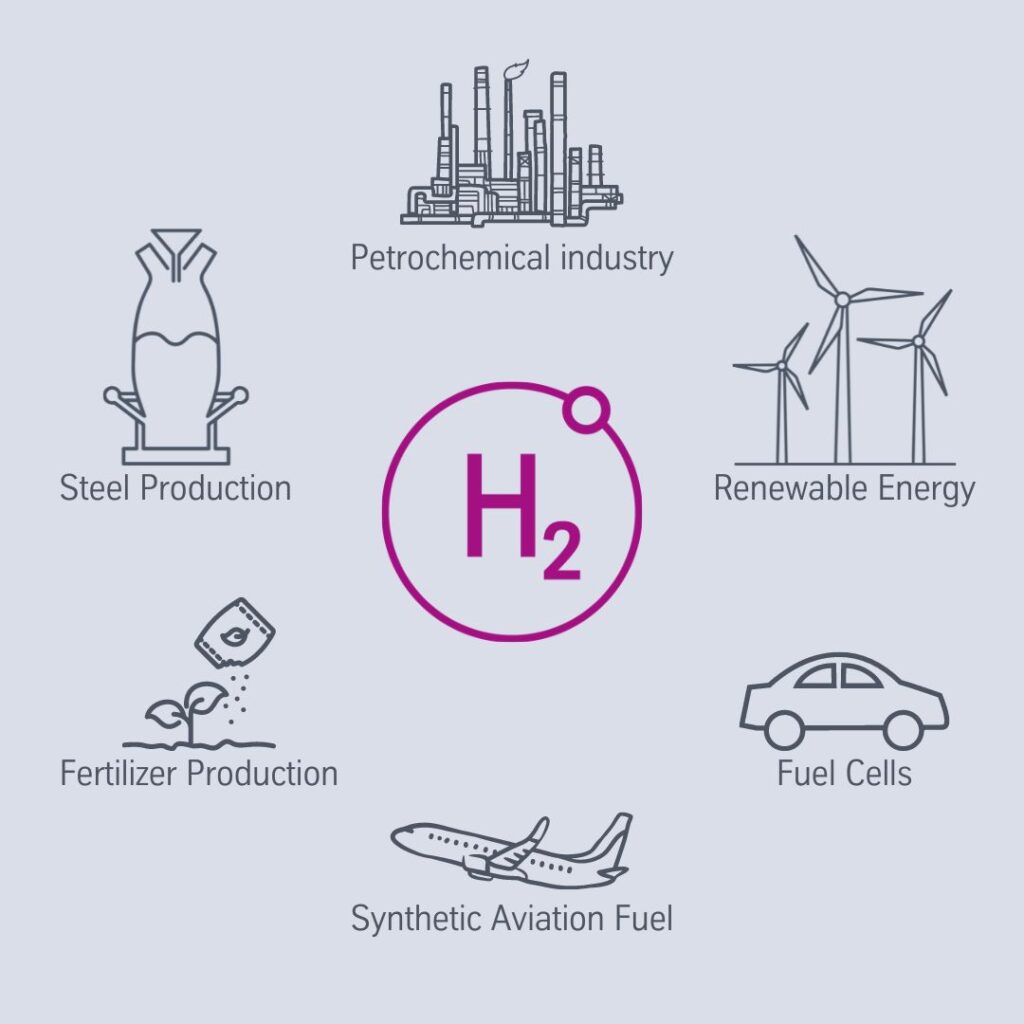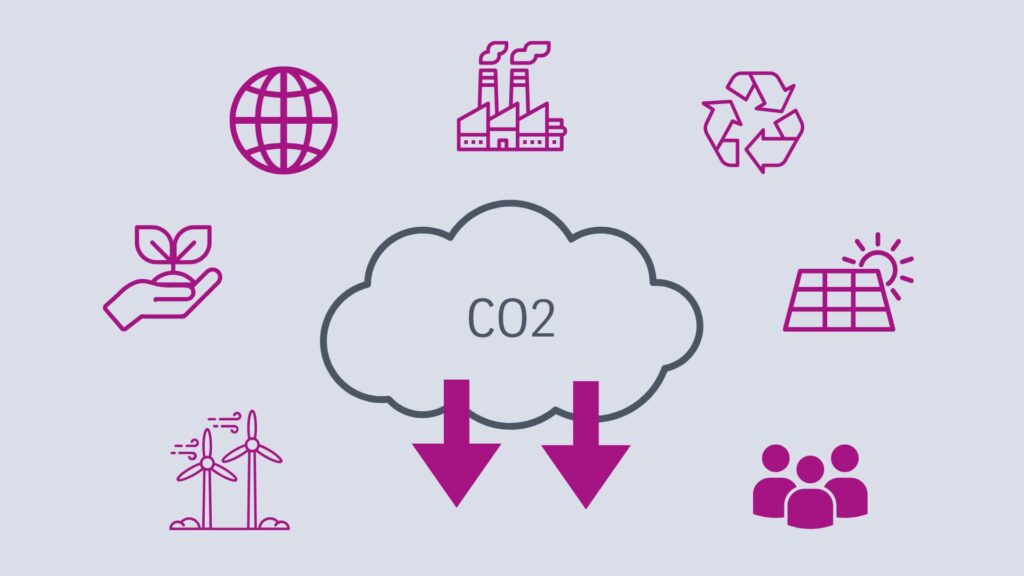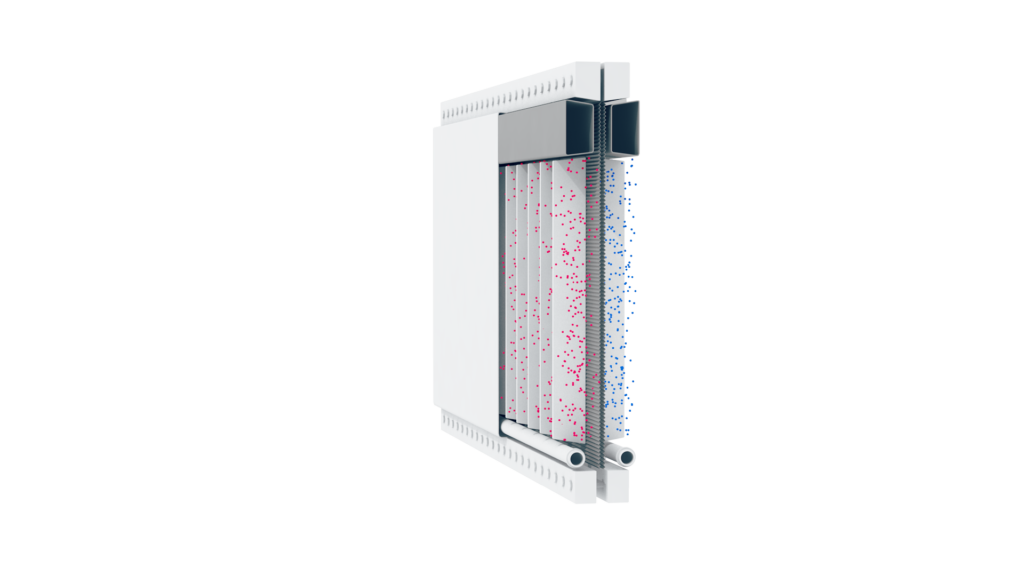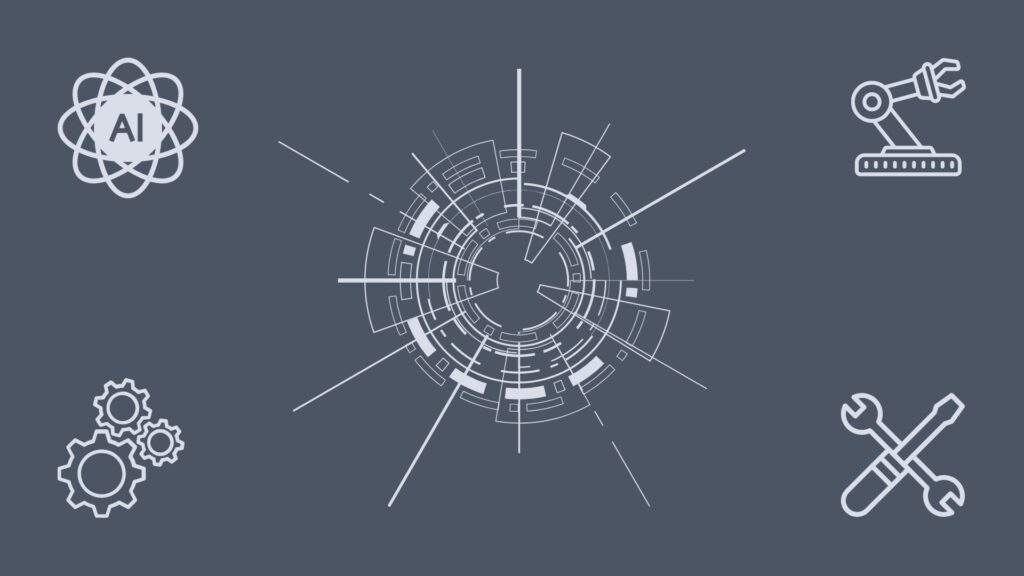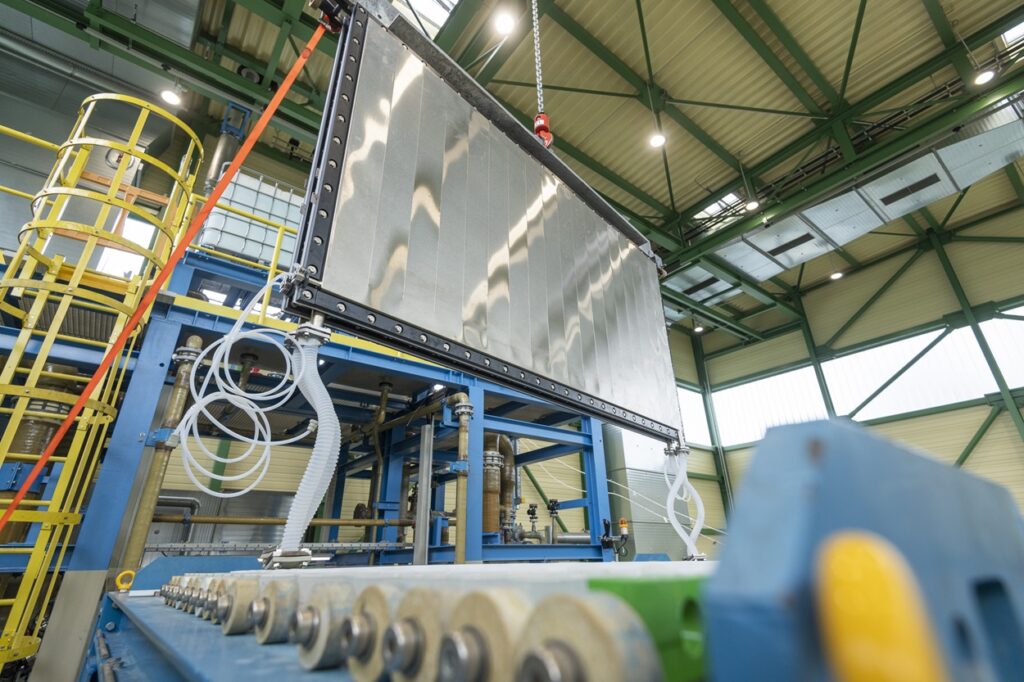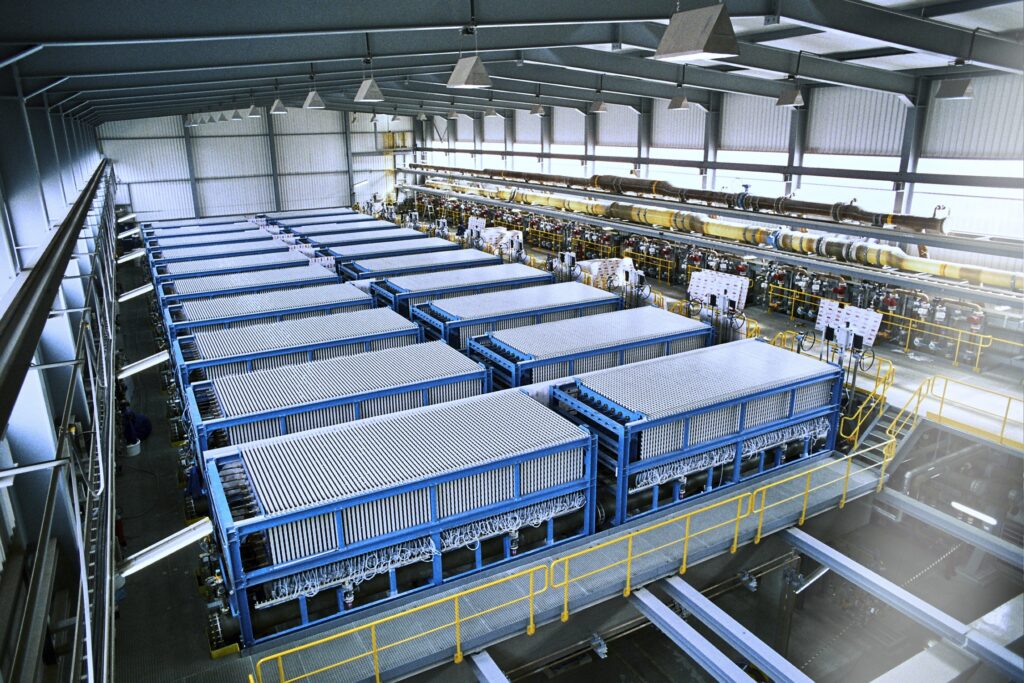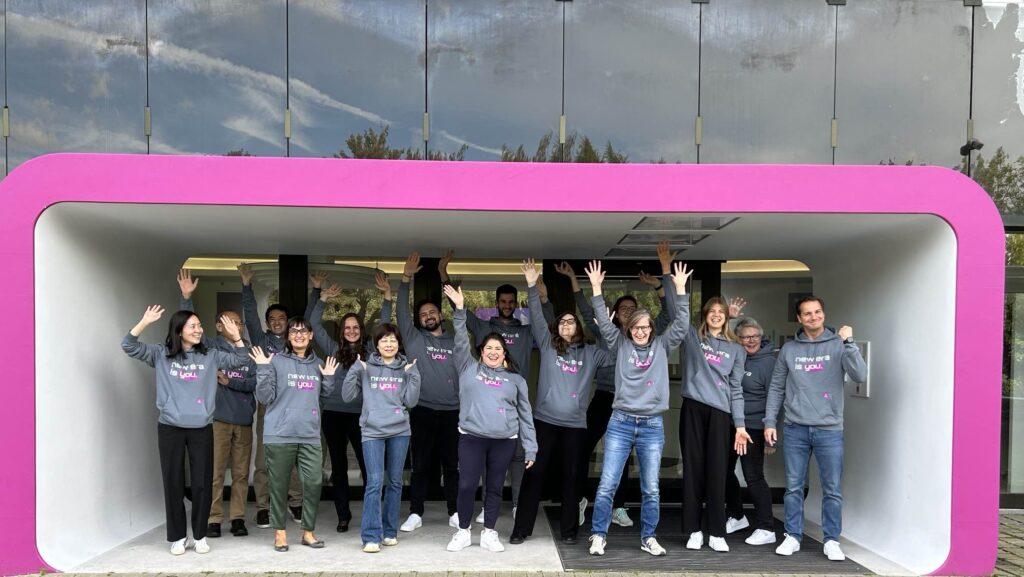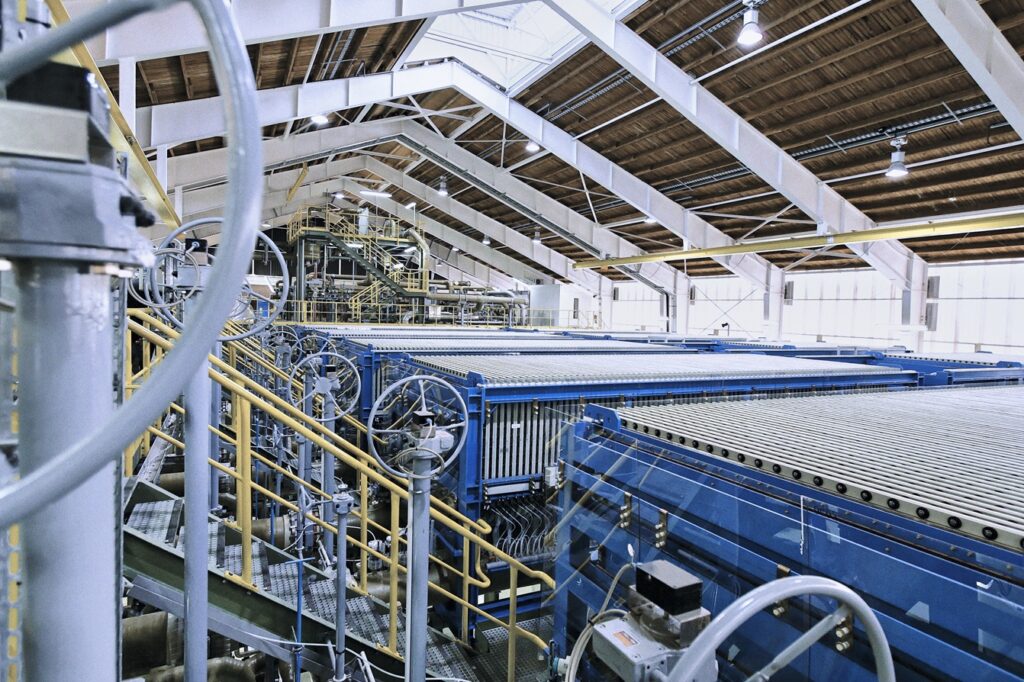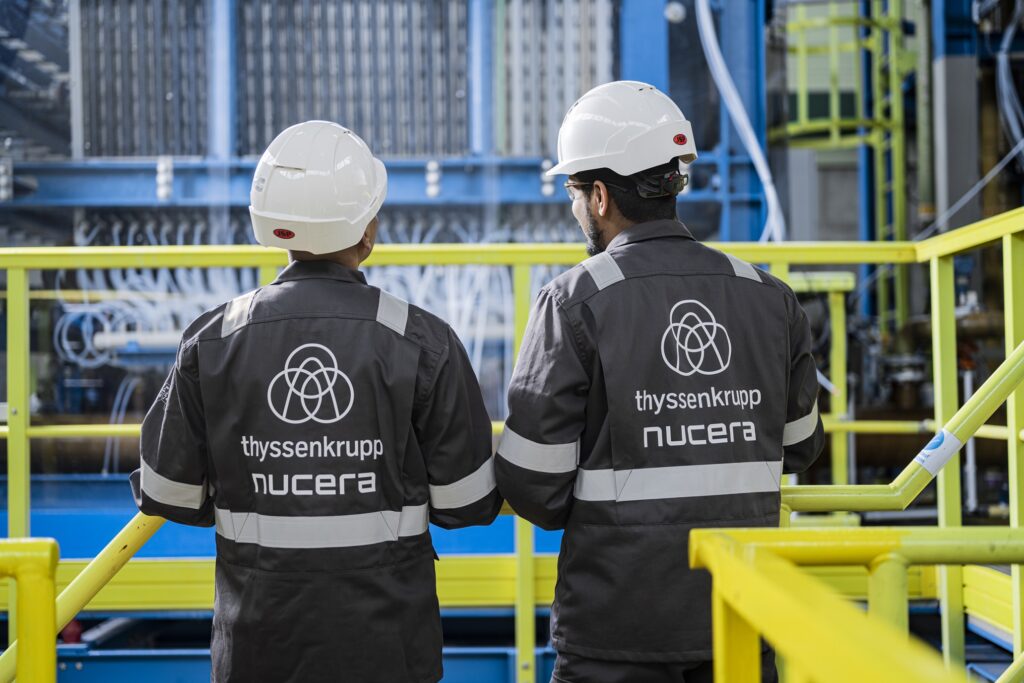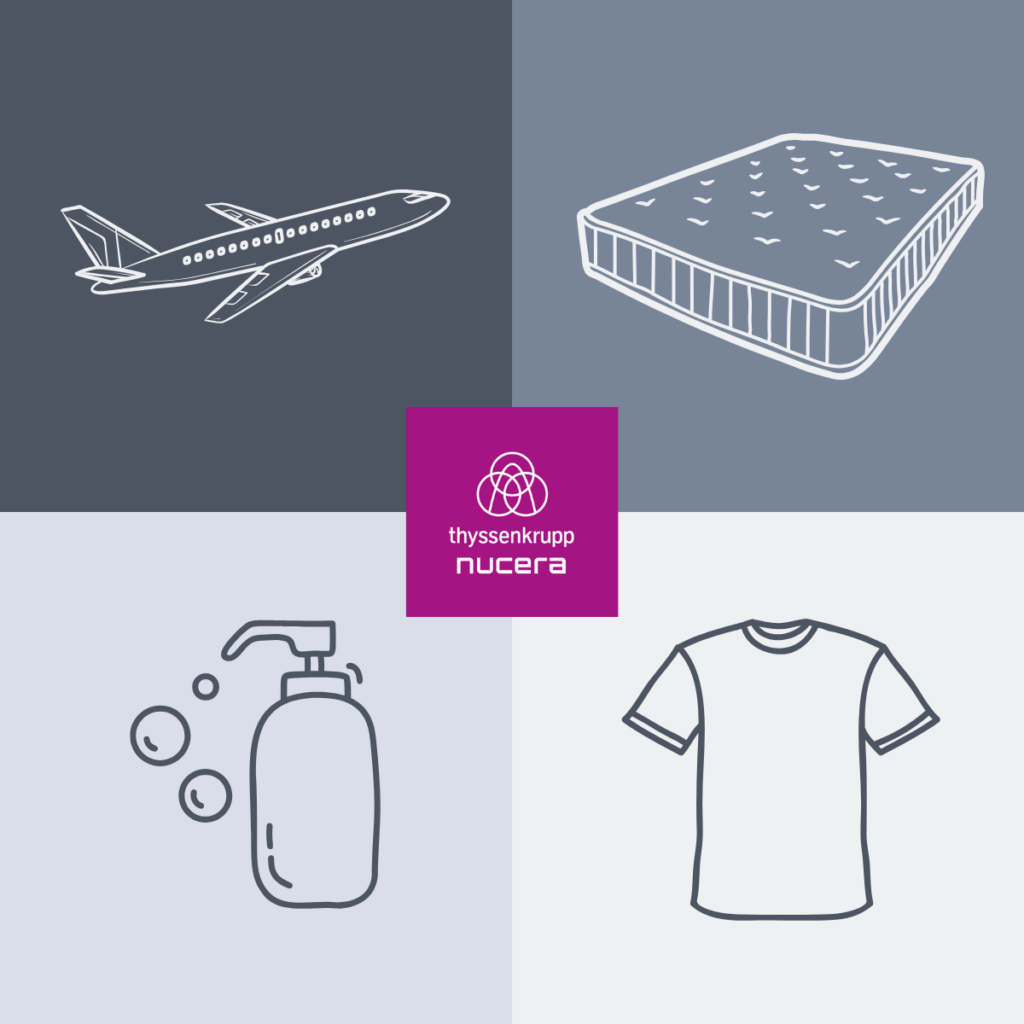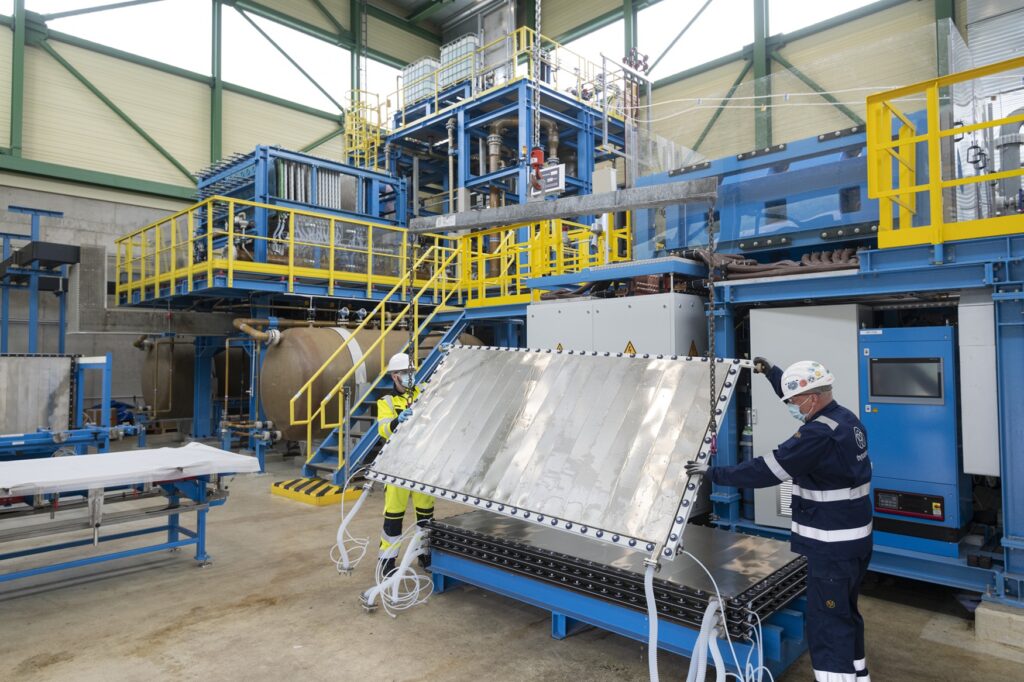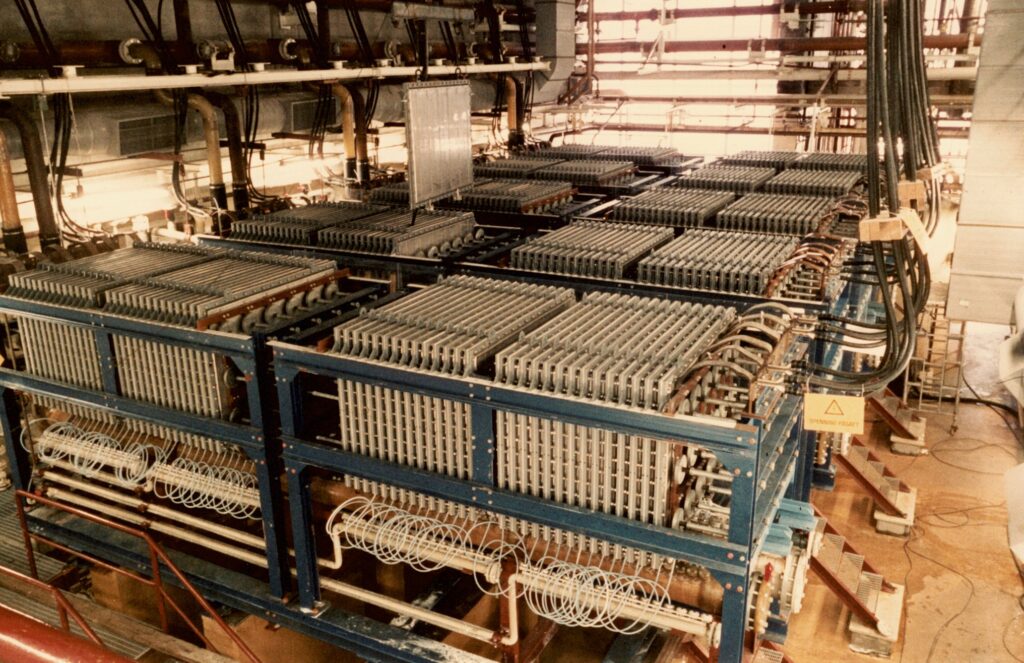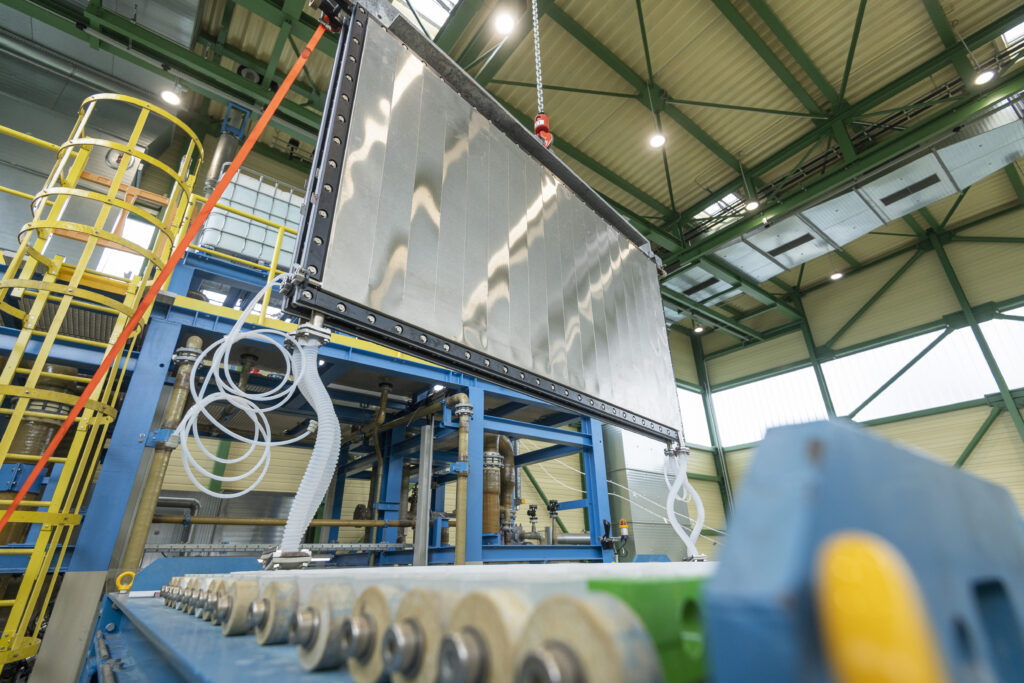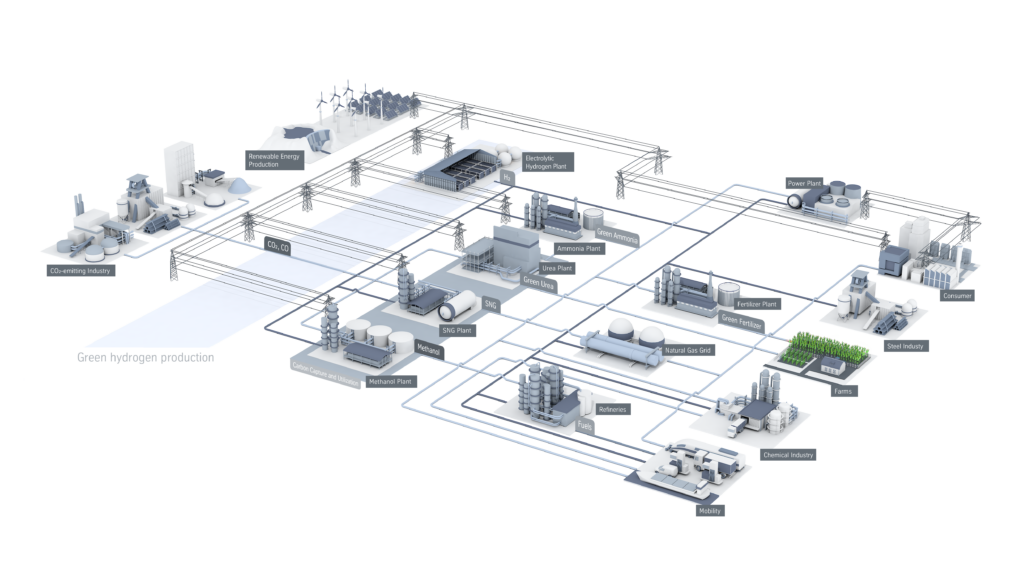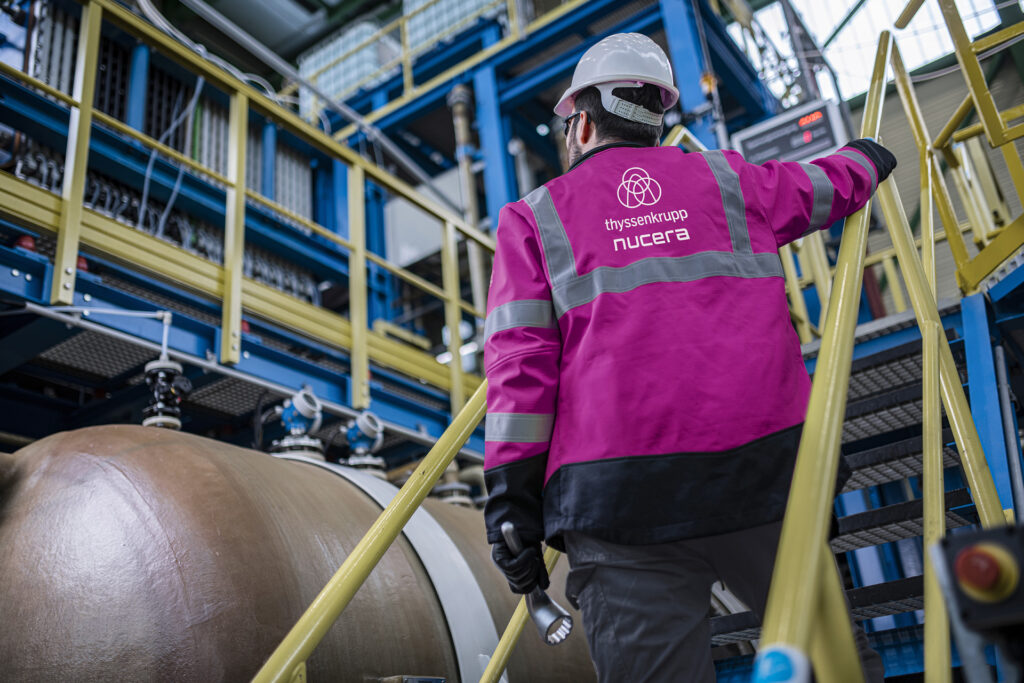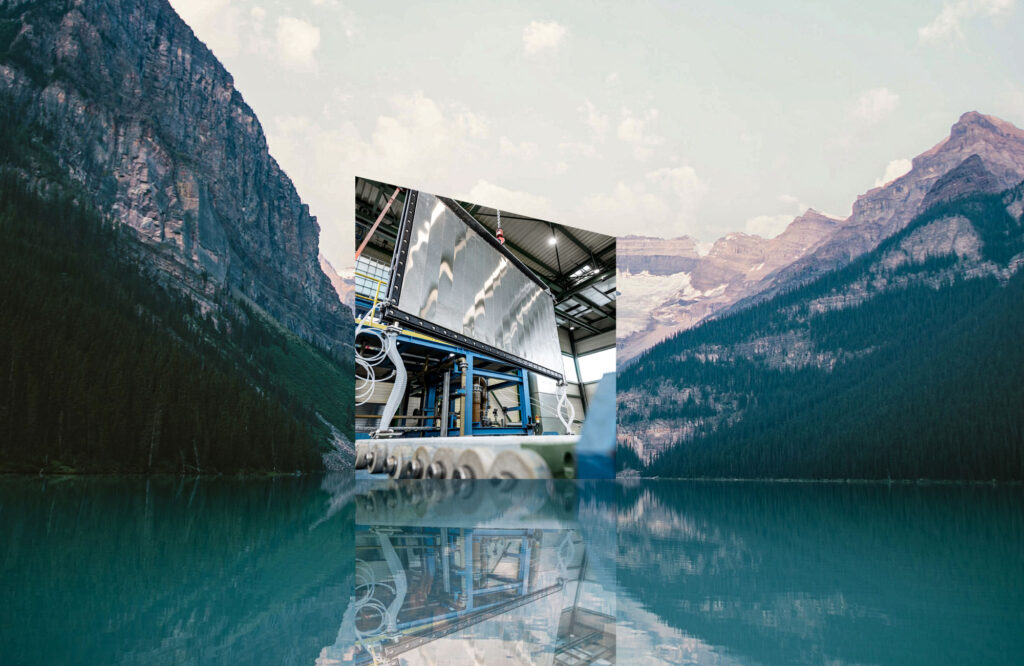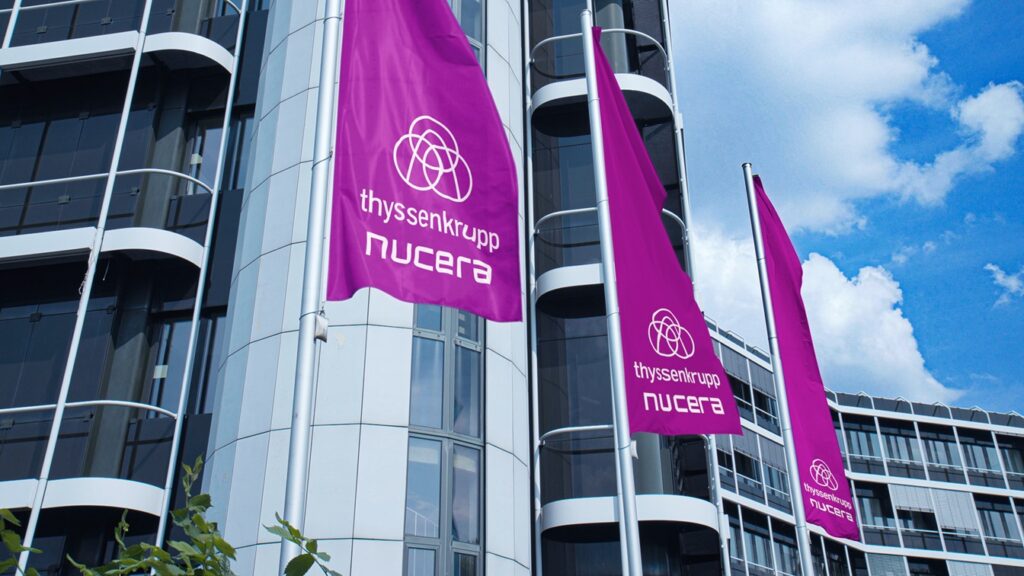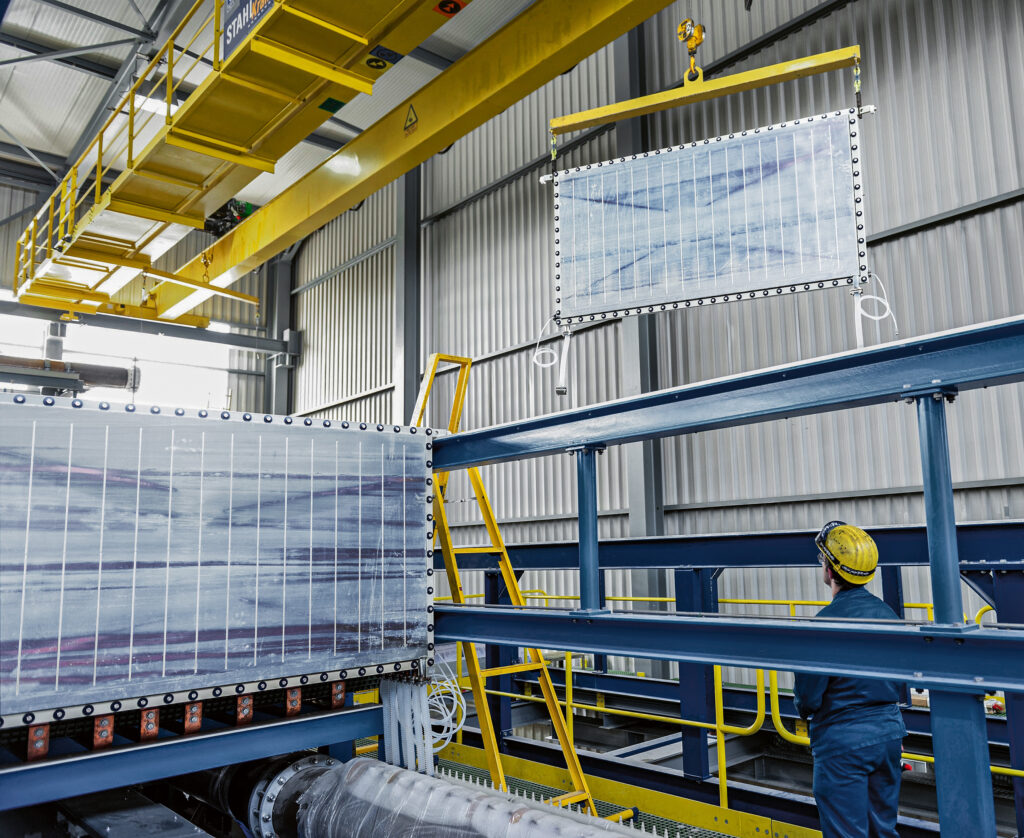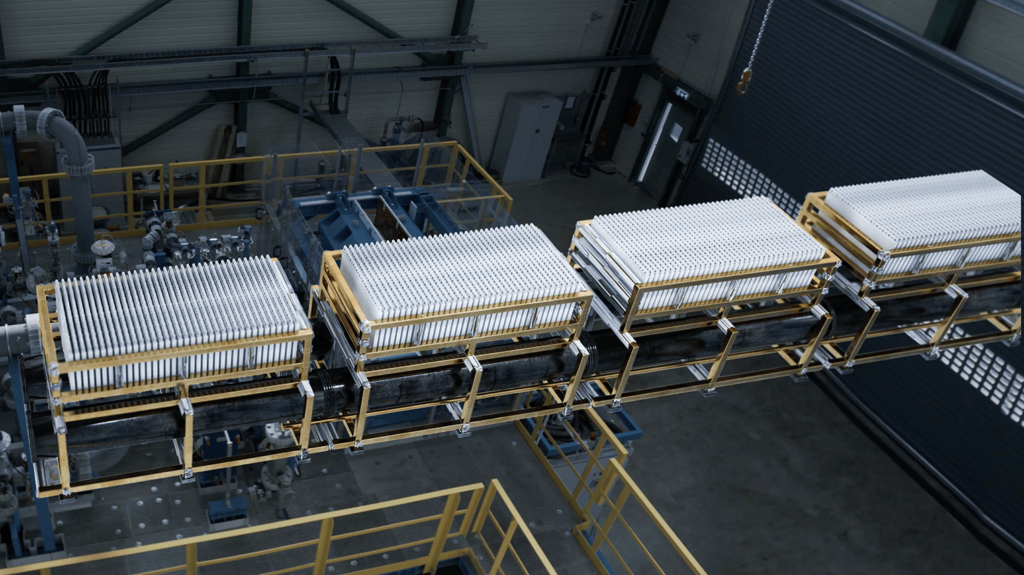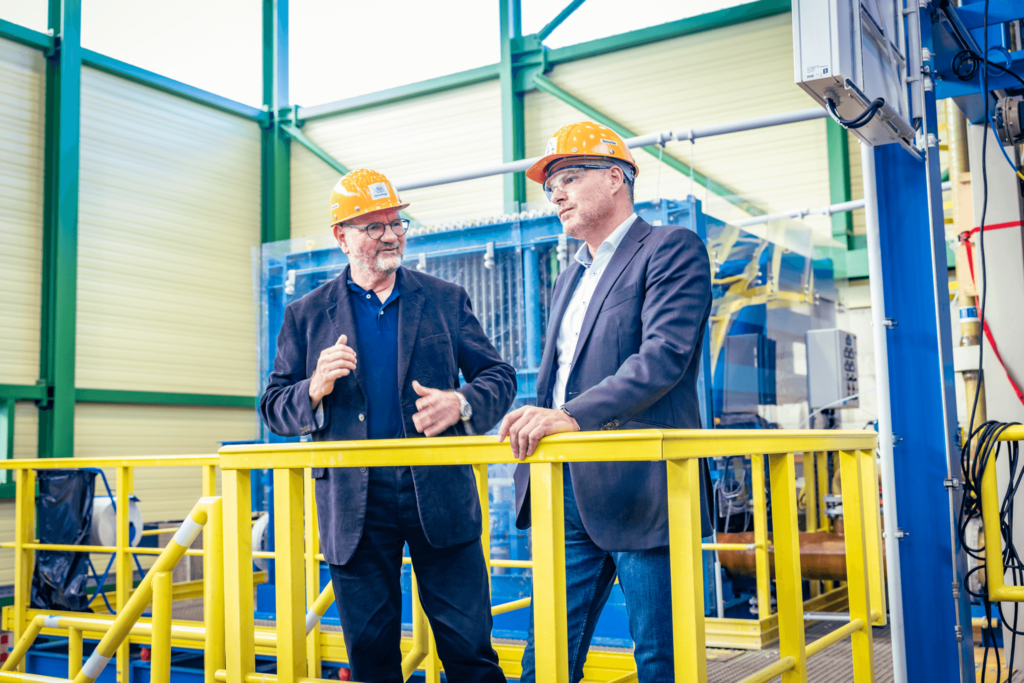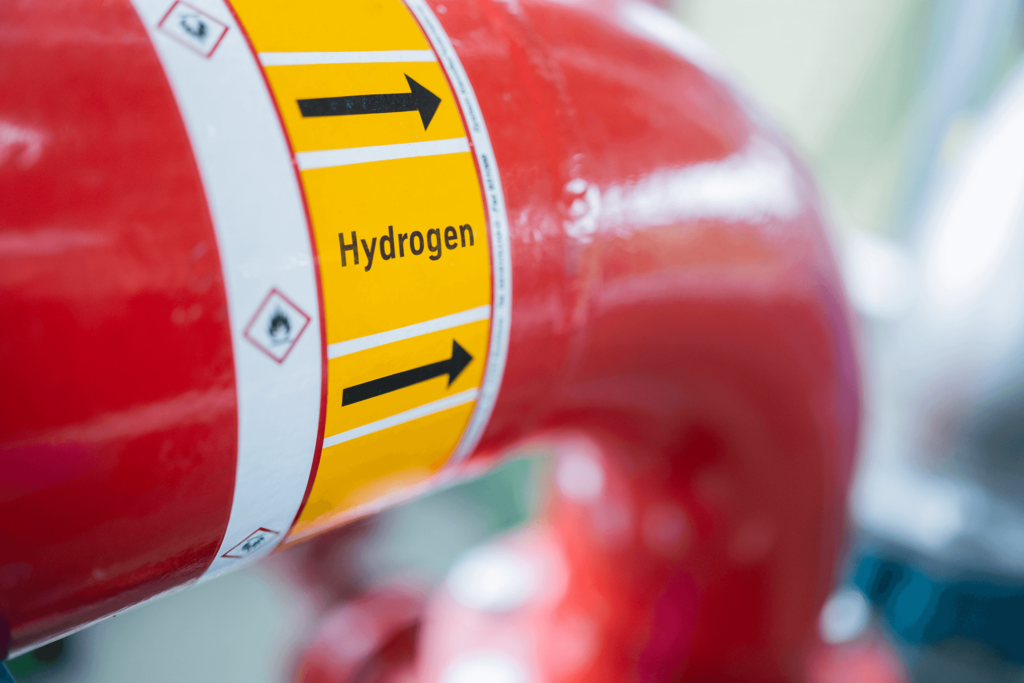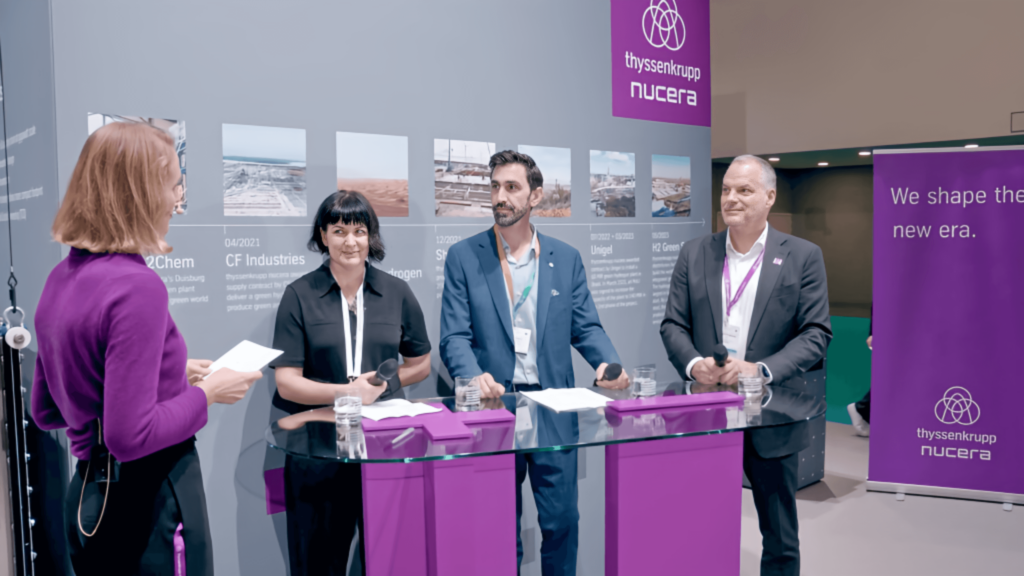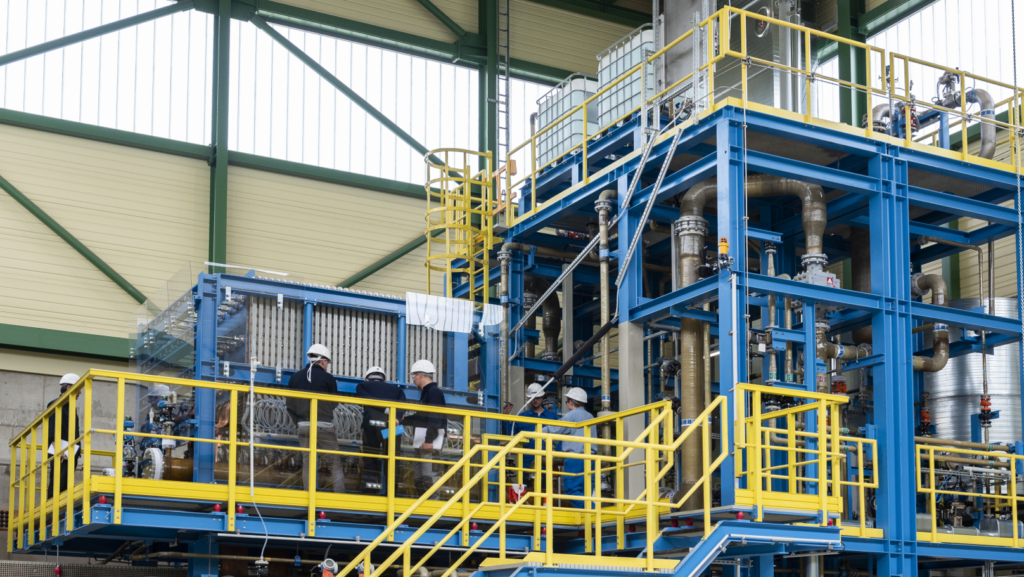It has been 55 years since a massive oil spill in Santa Barbara, California, prompted Senator Gaylord Nelson to propose a national teach-in to protest environmental ignorance and demand action to protect the planet. A pivotal moment in environmental history, Earth Day has since grown into a global phenomenon, with more than 190 countries participating in activities to promote sustainability each year on April 22.
But while Earth Day serves as an annual reminder of the importance of protecting the planet, real change requires a year-round commitment to sustainability. At thyssenkrupp nucera®, our ISO 14001 certifications plays a key role in enhancing our environmental stewardship.
Why Measurement and Certification Matters
By leveraging environmental management systems certified by ISO 14001, we are continuously identifying, managing and reducing our environmental footprint. As a global company, it’s important to ensure that our teams operate according to the same high standards. We started with our headquarters in Germany, and our most recent office to obtain the certification is in Houston, Texas. The certification process required us to examine everything from our engineering processes to our customer service efforts to evaluate the environmental impact of all activities.
Our customers are increasingly seeking to partner with companies that have achieved ISO 14001 certification. Opting for ISO-certified suppliers ensures they are engaging with businesses that not only prioritize environmental friendliness but also offer high-quality products and services that adhere to specific industry regulations.
What ISO 14001 Entails
ISO 14001 was created by the International Organization for Standardization (ISO), which brings global experts together to agree on the best way of doing things. The nongovernmental organization has created more than 25,000 internationally recognized standards that cover nearly all aspects of technology, management and manufacturing.
Of the ISO standards on environmental management, ISO 14001 is the best-known. It provides a framework for organizations to design and implement environmental management systems (EMS), which are structured and documented systems used to manage a business’ environmental performance and responsibilities. There are currently more than 500,000 ISO 14001 certifications in over 180 countries around the world.
The ISO 14001 standard, which has been revised several times since it was first published in 1996, is based on the Plan-Do-Check-Act (PDCA) cycle. It requires organizations to:
- Establish an environmental policy.
- Identify the environmental aspects and impacts.
- Set environmental objectives and targets.
- Implement operational controls.
- Monitor and measure their performance.
- Continually improve their EMS.
How our Certified EMS Helps Us Improve Environmental Performance
The ISO 14001 certification is an outward signal of our commitment to sustainability—and an integral part of our corporate philosophy. With advanced tracking, monitoring and compliance tools as well as thorough employee training programs, our EMS program enhances our environmental stewardship in a few key ways:
- Helps us reduce our carbon footprint: Our EMS program provides a structured approach to environmental management, helping us identify opportunities to minimize waste, improve resource efficiency, reduce energy consumption and mitigate pollution. From automatic lighting to recycling programs, engineering processes and more, everything is examined with an eye toward improving our footprint. And, because our teams are important contributors to environmental protection, we include regular training programs for employees at all levels and encourage them to play an active role in implementing our energy and environmental targets.
- Facilitates compliance with legal and regulatory requirements: By establishing processes for monitoring and addressing legal requirements, our ISO 14001-certified EMS helps thyssenkrupp nucera® ensure compliance with relevant environmental laws, regulations and other requirements.
- Enables continuous improvement: With continual improvement one of the core principles of ISO 14001, our EMS program helps establish targets and performance indicators, monitor environmental performance over time and implement measures to achieve ongoing improvement. It’s an iterative process that helps us evolve as circumstances, technologies and stakeholder expectations do.
- Increases trust and transparency: By enabling a common understanding of our sustainability and energy issues and documenting processes and procedures as well as environmental performance, our EMS program helps us increase trust and transparency with employees, customers, suppliers and other partners. The third-party certification provides assurance that all activities that go into the final product have been examined and tested and are being continually improved.
Taking Action in the New Era and Sustainable Future
On Earth Day, we take a moment to celebrate the strides we’ve made in preserving our planet’s precious resources. Yet, it’s crucial to recognize that our commitment must extend far beyond just one day. At thyssenkrupp nucera®, we embrace environmental stewardship through a comprehensive strategy, bolstered by a range of tactics and tools, including our ISO 14001 certification. Our goals are ambitious, aiming for annual energy efficiency improvements of 205 GWh in 2023-2024, reducing emissions intensity by 8% in 2024-2025, and achieving climate neutrality by 2050. Our structured approach, supported by an Environmental Management System (EMS), is key to realizing these objectives.
